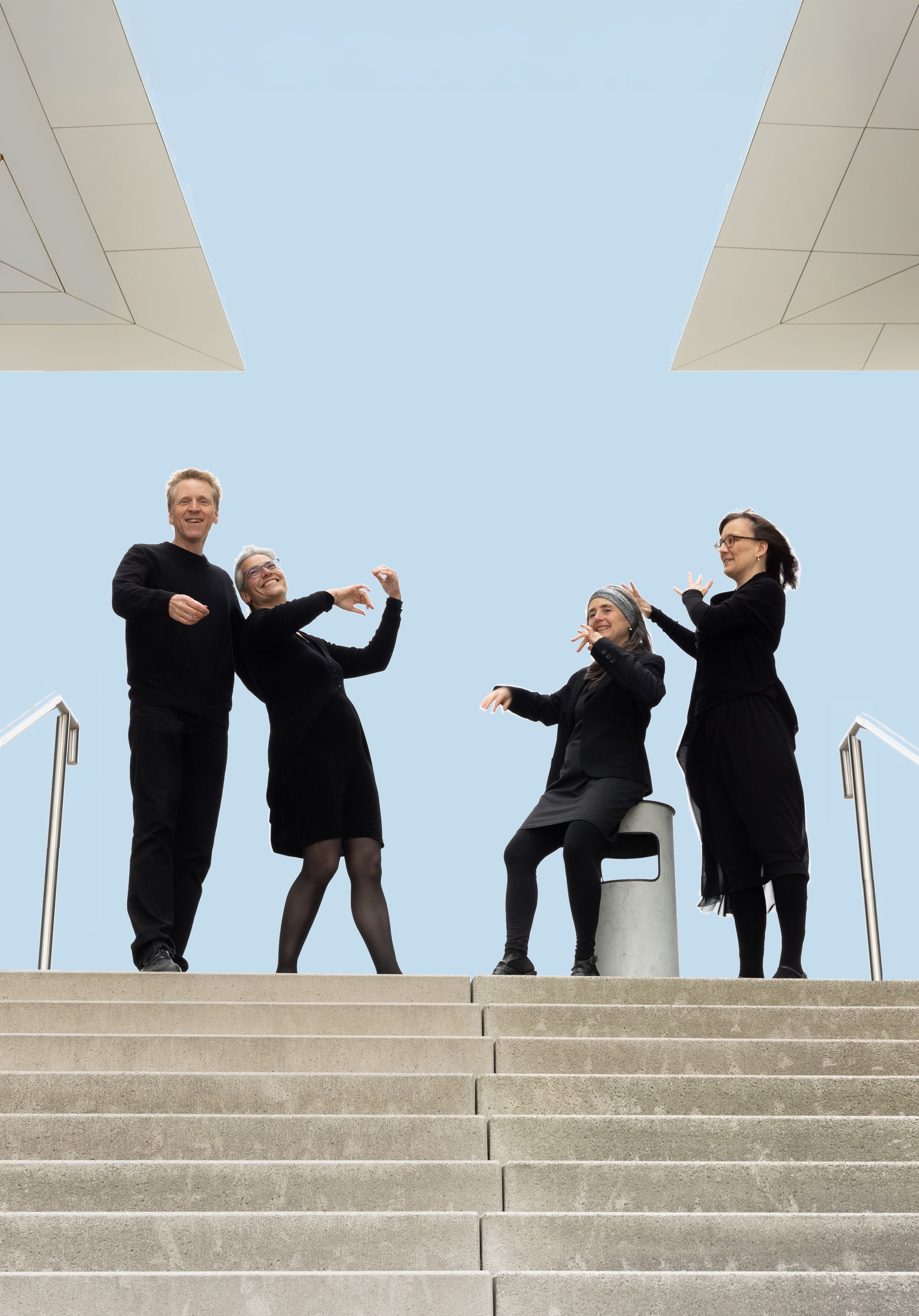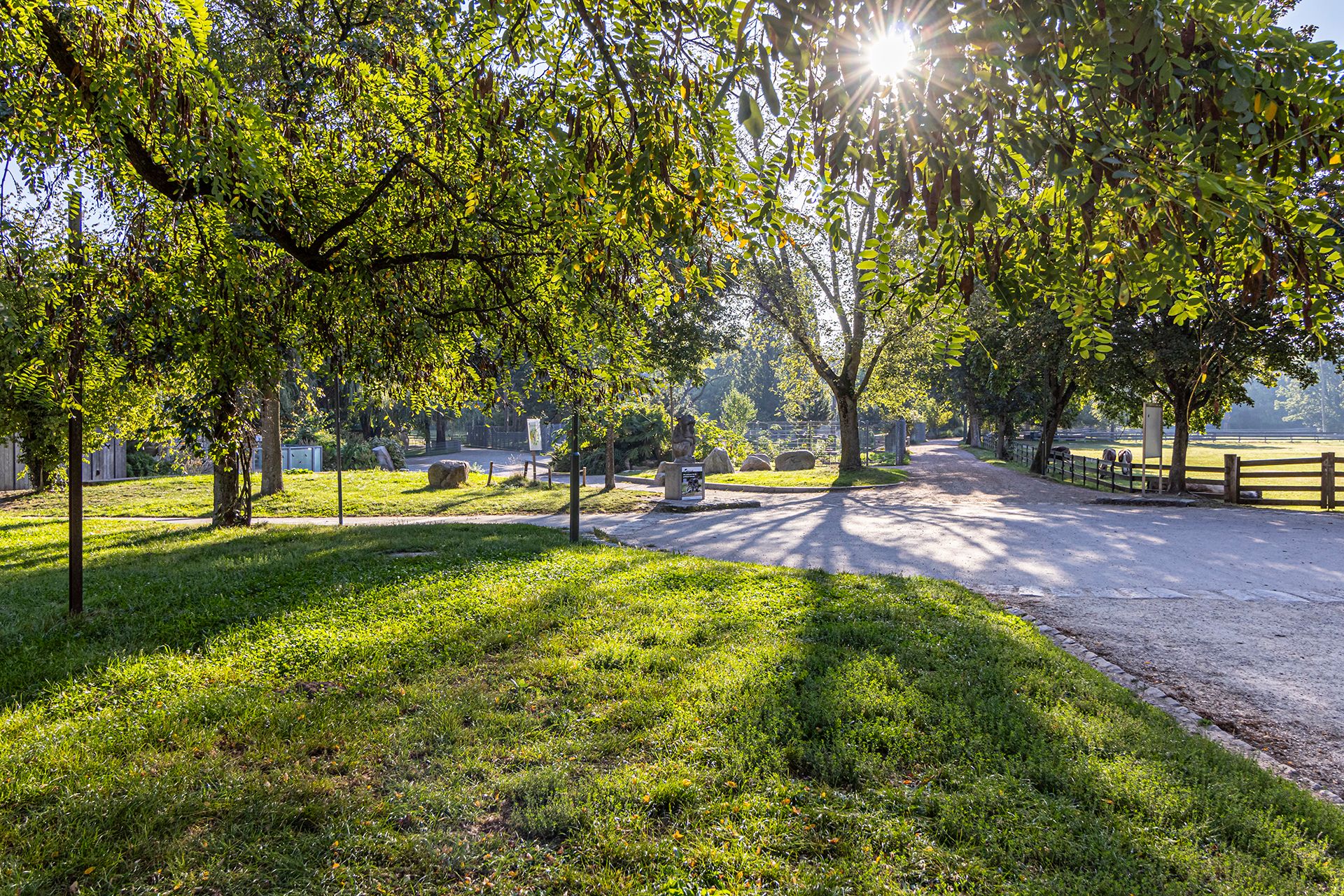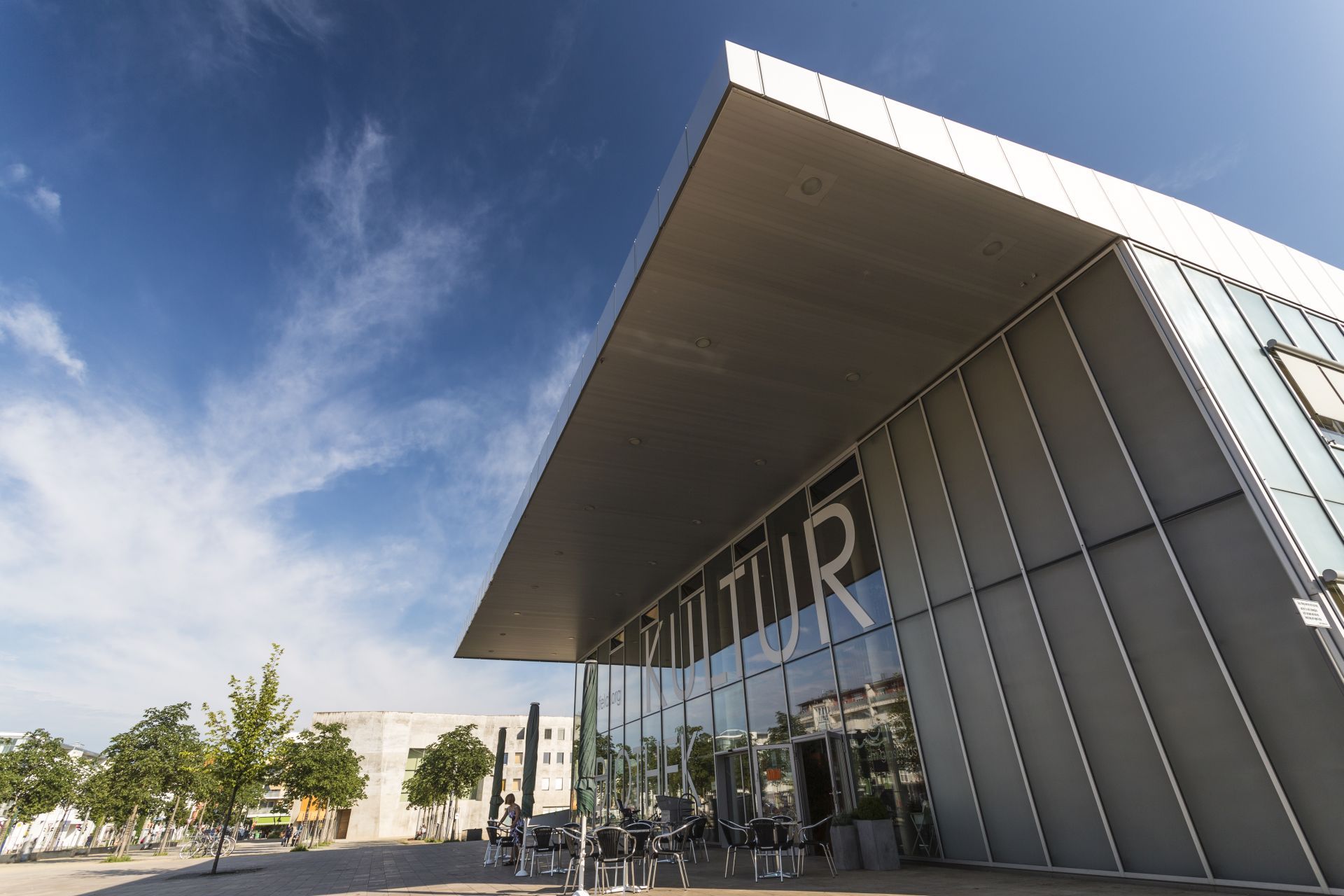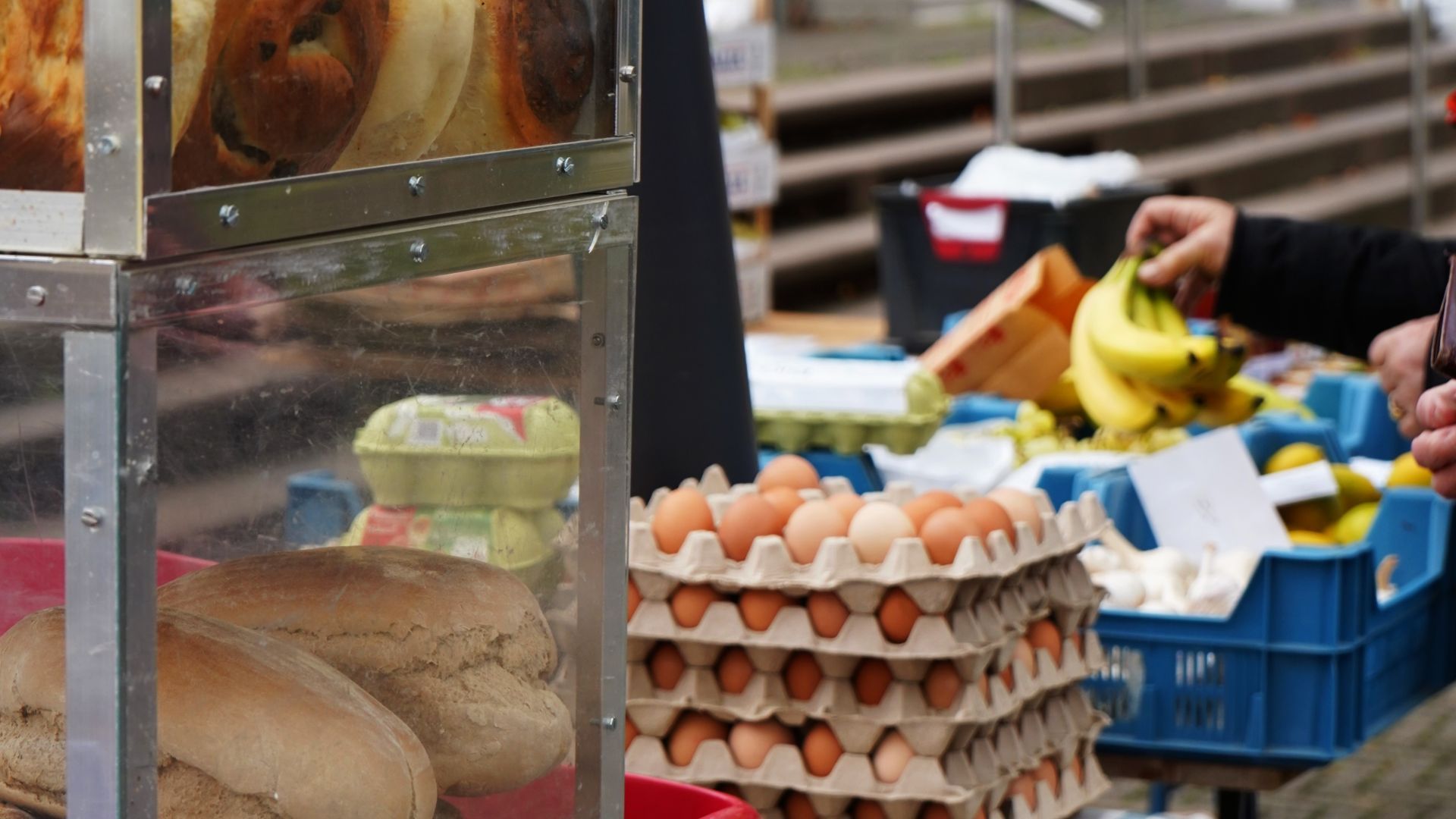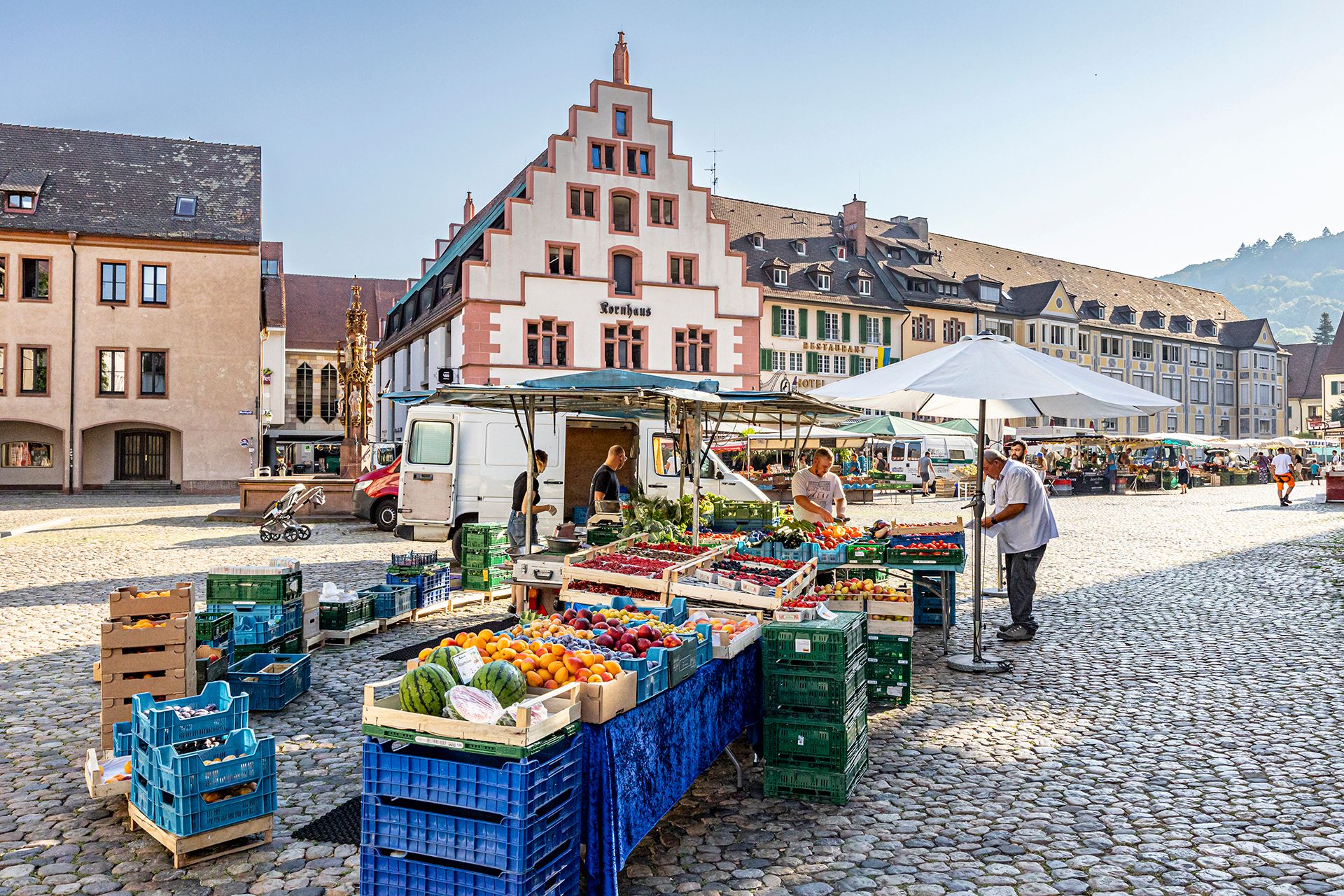Commedia dell'Arte
Colombina loves Arlecchino, but as her parents think he is a good-for-nothing, the two have to meet in secret. But that's not all: now she is also to be married off to the rich old Pantalone. If she doesn't obey, she has to go to a convent! What happens now? A turbulent game of cat and mouse, confusion and deception unfolds in classic Commedia dell'Arte style, with masks, few words, lots of pantomime, some acrobatics and lots of Italian music!
Commedia dell'Arte is a synthesis of drama and music, pantomime, mime and spoken word, dance and acrobatics. Always following the law of "all'improviso", it is both comedy and tragedy and incorporates elements of pastoral, mythological spectacle and all forms of impromptu theater. While its origins reach far back into 16th or even 15th century Italy, it has changed continuously over the centuries, adapting to all developments or making use of them, permeating and shaping entire genres. Hardly any other art form is as multifaceted and universal as it is, always a mirror of the respective society, and its archetypes (Arlecchino, Pantalone, Dottore, Capitano, Pulcinella, Colombina & Co.) always move with the times and take on the most diverse forms. What would Goldoni's plays, Mozart's operas or modern comedies of entanglement and confusion be without them?
Margrita Wahrer and Michal Grman, acting
L'Art de la Modulation:
Martha Hübner, transverse flute
Marie Desgoutte, violin
Simone Meyer, violoncello
Enno Kastens, harpsichord

